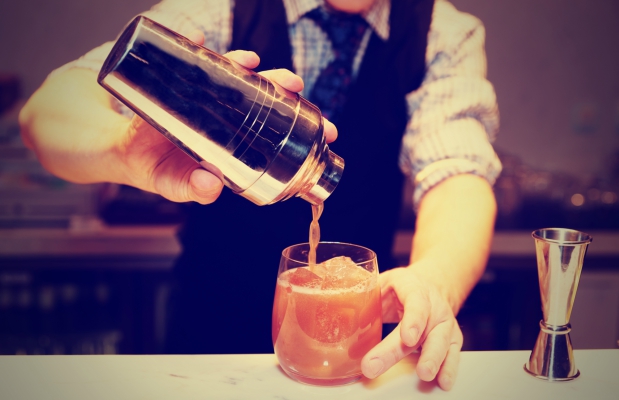

How do you keep your finger on your bar’s financial health?
When is the last time you did a serious physical inventory – do you do it on regular basis? When is the last time you priced out your drinks? Do you know your current "pour cost"? Great questions, and even though many operators follow these practices occasionally, it is alarming how many do not do so on a consistent basis.
How to Calculate Liquor Cost
Today we’re going to focus on pouring costs and its relationship to drink price. It is derived by dividing the cost of the inventory by the drink price. Let’s break that down:
- One liter of XYZ liquor costs $27.04
- There are 33.8 ounces in a Liter
- You’re planning to sell a cocktail with 2 ounces of XYZ liquor in it
- Your pouring cost will be 80 cents an ounce [$27.04/33.8 = 0.8]
- You’ll be serving 2 ounces per cocktail [0.8*2 = $1.60]
- Your pouring cost is $1.60 per cocktail

How much should you sell this cocktail for?
[1.9/drink price = pouring cost percentage]- $8 cocktail = 24% pouring cost
- $10 cocktail = 19% pouring cost
- $12 cocktail = 16% pouring cost
Based on the industry targets noted below, a $10 cocktail would probably be your best bet. Charging $8 a cocktail is going to cost you too much. While a $12 would generate more profit, you need to keep in mind the comparable pricing in your market.
Target Food & Beverage Costs*
Food 28-32%
Bottle Beer 24-28%
Draft Beer 15-18%
Wine 35-45%
Liquor 18-20%
*Source: Restaurant Start Up & Growth, January 2009
Don’t forget, you must cost out all the ingredients in your cocktails to have a starting place for accurate pouring costs.